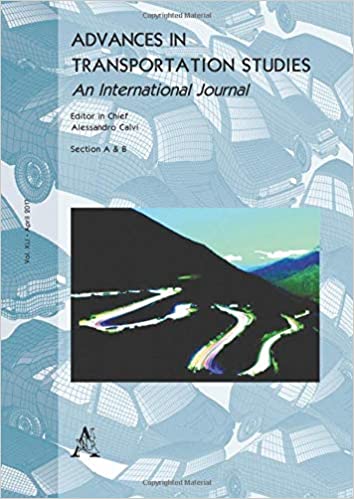
This paper investigates the safety margins of drivers along tangent to curved road sections. A vehicle dynamics model is presented, allowing to assess the vehicle speed variation at impending skid conditions from tangent to curve on the basis of several parameters. This model returns the theoretical curve corresponding to the driver’s maximum efficiency, i.e. the maximum safe speed and acceleration along the tangent to curve section when utilizing the outmost of the available vehicle horse power. On the basis of actual vehicle speed profiles, the model also returns the respective curve for the actual efficiency i.e. the utilized share of vehicle horse power, which reflects the driver’s safety margin. Data from a driving simulator experiment are used to test the proposed methodology and identify the parameters affecting drivers’ efficiency / safety margins. The results suggest that drivers’ safety margins towards the examined curve are considerable, with the majority of the drivers using less than 55% of the available vehicle horse power. Higher initial speed was positively correlated with driving efficiency i.e. lower safety margins. On the contrary, a higher safety margin was associated with earlier deceleration before the curve. Driver characteristics were not found to significantly affect the safety margins, except from age <35 years old who were associated with higher share of vehicle motion used. The proposed method has advantages over existing methods; it allows for a better understanding of driver speeding behaviour and a more objective and insightful calculation of the safety margin through the vehicle dynamics, along the entire road section from tangent to curve, which may assist in improving design and interventions at curves.
| ID | pj134 |
| Manuscript | |
| DOI | |
| Tags | driver behaviour, driving simulator, road design, road infrastructure, statistical modelling |






